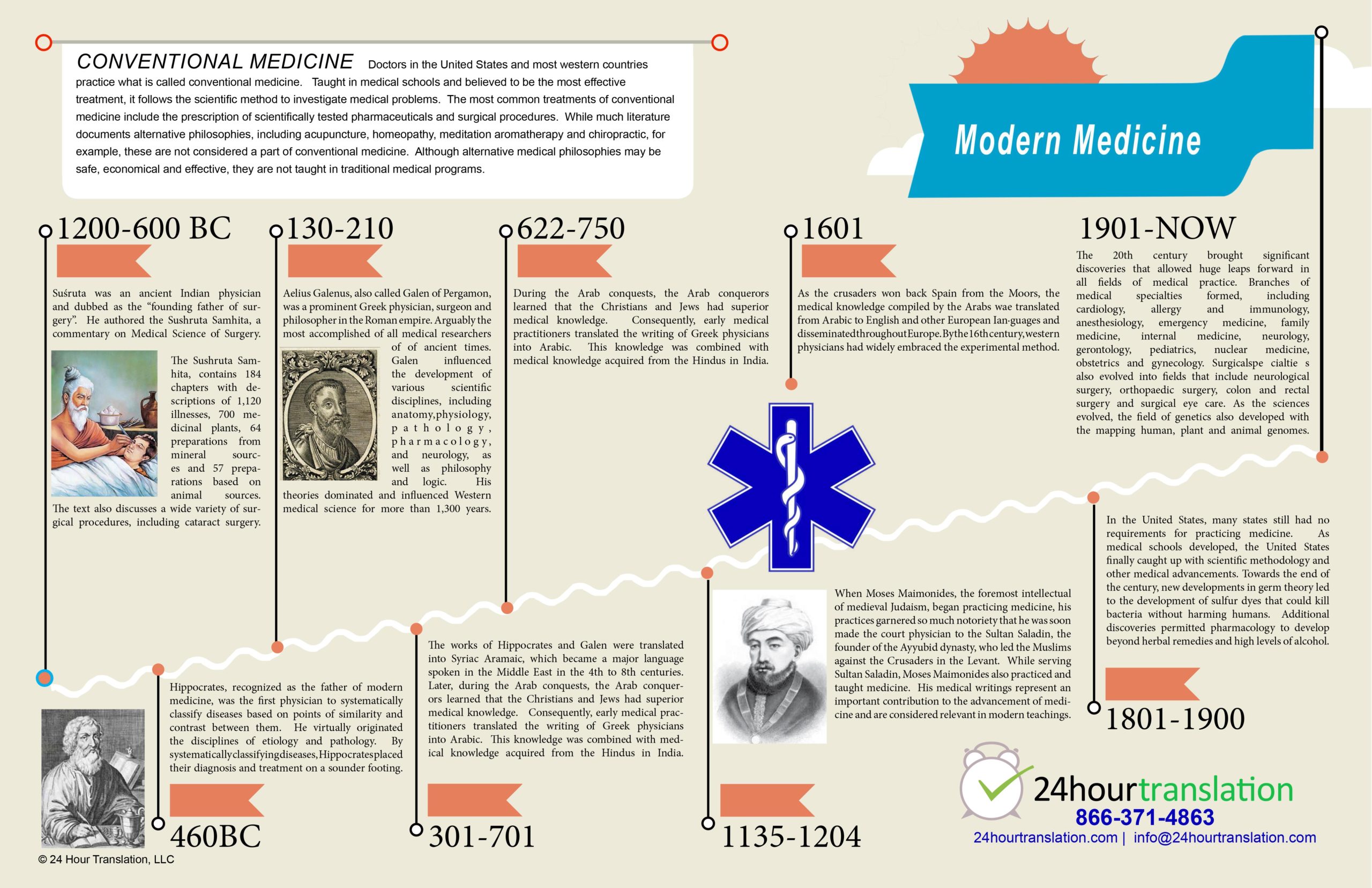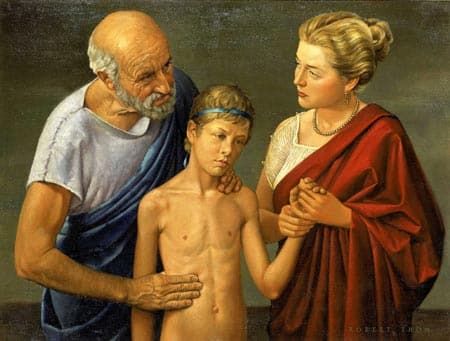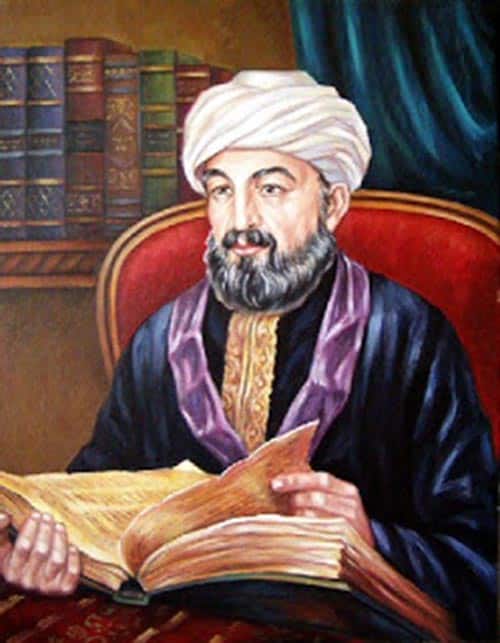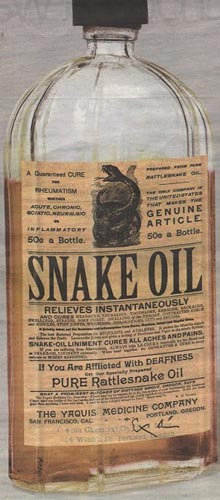Doctors in the United States and most western countries practice what is called conventional medicine. Taught in medical schools and believed to be the most effective treatment, it follows the scientific method to investigate medical problems. The most common treatments of conventional medicine include the prescription of scientifically tested pharmaceuticals and surgical procedures. While much literature documents alternative philosophies, including acupuncture, homeopathy, meditation aromatherapy and chiropractic, for example, these are not considered a part of conventional medicine. Although alternative medical philosophies may be safe, economical and effective, they are not taught in traditional medical programs.
Ancient Origins of Conventional Medicine
The origins of conventional medicine can be traced back to writings of the ancient Greeks Hippocrates and Galen. These were translated into Syriac Aramaic, which became a major language spoken in the Middle East in the 4th to 8th centuries. Later, during the Arab conquests, the Arab conquerors learned that the Christians and Jews had superior medical knowledge. Consequently, early medical practitioners translated the writing of Greek physicians into Arabic. This knowledge was combined with medical knowledge acquired from the Hindus in India.
Medical Evolution During the Muslim Conquests
As the Islamic empire prospered, medical knowledge continued to advance. When Moses Maimonides, the foremost intellectual of medieval Judaism, began practicing medicine, his practices garnered so much notoriety that he was soon made the court physician to the Sultan Saladin, the founder of the Ayyubid dynasty, who led the Muslims against the Crusaders in the Levant. While serving Sultan Saladin, Moses Maimonides also practiced and taught medicine. His medical writings represent an important contribution to the advancement of medicine and are considered relevant in modern teachings.
As the crusaders won back Spain from the Moors, the medical knowledge compiled by the Arabs was translated from Arabic to English and other European languages and disseminated throughout Europe. By the 16th century, western physicians had widely embraced the experimental method. The acceptance of the experimental method led to the development of the first microscope by Zacharias Janssen, detailed anatomical drawings, life-improving surgical procedures and tools, availability of medical books as a result of the invention of the movable type press, and many devices for studying and diagnosing diseases.
Primitive 19th Century Medicine
At the dawn of the 19th century, medicine was still very primitive and traveling “medicine men” offering quack remedies were easy to find. In the United States, many states still had no requirements for practicing medicine. As medical schools developed, the United States finally caught up with scientific methodology and other medical advancements. Towards the end of the century, new developments in germ theory led to the development of sulfur dyes that could kill bacteria without harming humans. Additional discoveries and widespread medical translation permitted pharmacology to development beyond herbal remedies and high levels of alcohol.
Rapid Advancements in the 20th Century
The 20th century brought significant discoveries that allowed huge leaps forward in all fields of medical practice. Branches of medical specialties formed, including cardiology, allergy and Immunology, anesthesiology, emergency medicine, family medicine, internal medicine, neurology, gerontology, pediatrics, nuclear medicine, obstetrics and gynecology. Surgical specialties also evolved into fields that include neurological surgery, orthopedic surgery, colon and rectal surgery and surgical eye care. As the sciences evolved, the field of genetics also developed with the mapping human, plant and animal genomes. Groundbreaking therapies in synthetic drug development and in diagnostic and imagining equipment were also introduced.
Shifting Modalities Today
Today, healthcare has grown into the largest industry in the world. However, modern advancements and improvements in living standards have introduced new medical hazards that advanced knowledge and technology cannot conquer. As modern medicine is evolving from a practice that treats symptoms to a science that cures disease, it also encourages prevention through lifestyle changes. For instance, medical practitioners encourage healthy dieting and exercise to prevent high blood pressure, heart disease and diabetes—serious human illnesses that neither technology nor a powerful pill can cure. Today’s medicine relies on responsible, informed patients as well as medical science and expertise.






Sarah, great history lesson in this article on the field of medicine. I appreciate the detail that you put in the post. Great infographic, too.